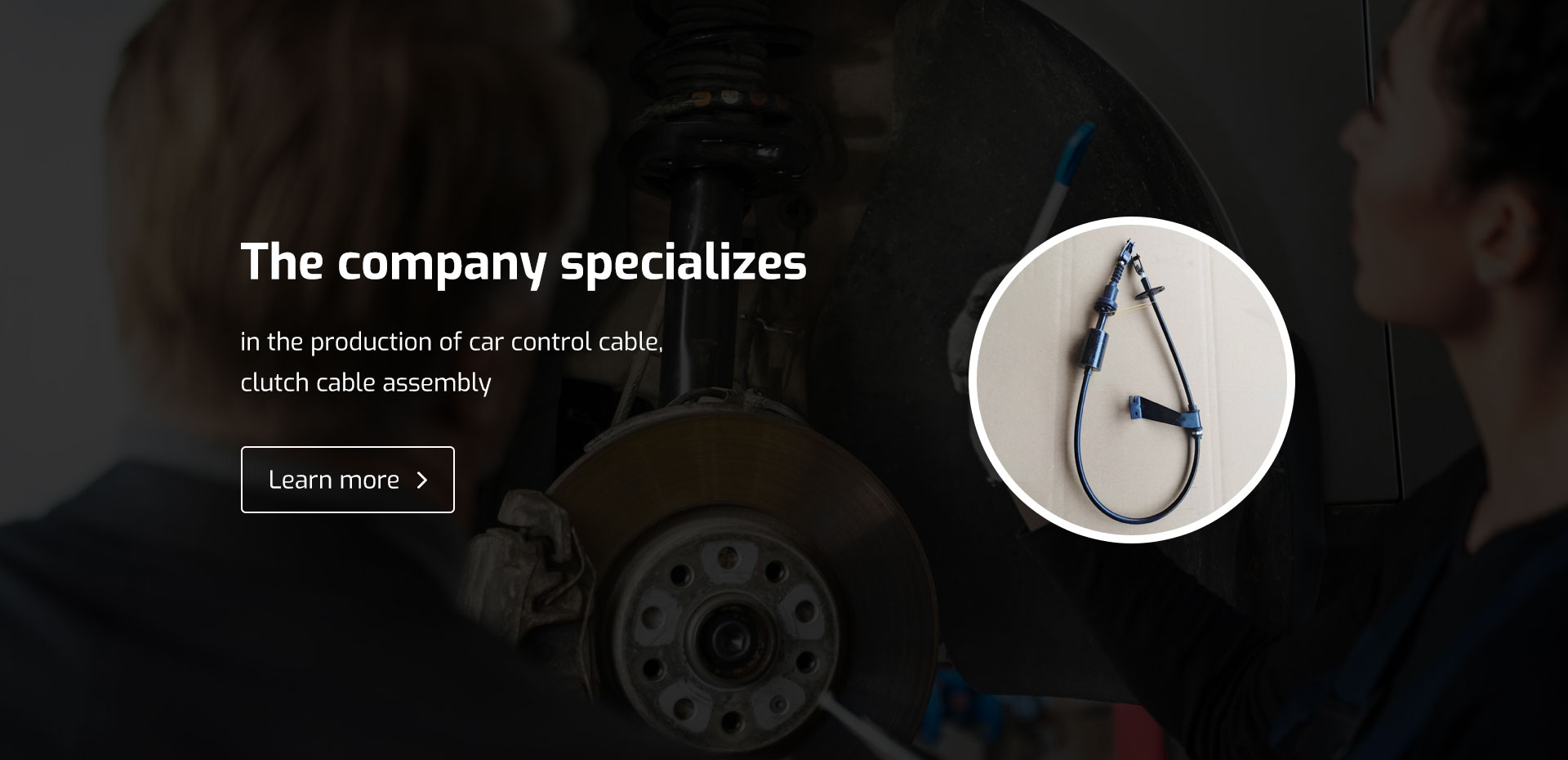carburetor accelerator cable
The Importance of the Carburetor Accelerator Cable in Automotive Performance
The carburetor accelerator cable is a crucial component in classic and performance vehicles that rely on a carburetor for fuel delivery. While modern vehicles predominantly utilize fuel injection systems, understanding the significance of the accelerator cable in carburetor-equipped engines remains important, especially for enthusiasts and those involved in restoration projects. This article delves into the function, impact on performance, maintenance tips, and potential upgrades related to the carburetor accelerator cable.
Function of the Carburetor Accelerator Cable
The primary role of the carburetor accelerator cable is to connect the accelerator pedal to the carburetor itself. When a driver presses down on the accelerator pedal, the cable transmits this action to the carburetor, allowing it to open the throttle plate. This opening regulates airflow into the engine, which mixes with fuel to increase power and speed. The responsiveness of the accelerator cable directly affects engine performance, throttle response, and overall driving experience.
Impact on Performance
A well-functioning accelerator cable ensures that the throttle plate opens smoothly and quickly, allowing for an immediate response when the accelerator pedal is pressed. Conversely, a worn or frayed cable can lead to sluggish performance, delays in response, and even stalling. This can detract from the driving experience, making the vehicle feel less powerful or less engaging to drive. Therefore, ensuring that the accelerator cable is in good condition is vital for maintaining optimal performance in vehicles that utilize a carburetor.
Signs of Wear and Maintenance Tips
carburetor accelerator cable

Over time, the accelerator cable may suffer from wear and tear due to heat, friction, and exposure to elements. Common signs that the accelerator cable may need to be replaced include
1. Sticky Throttle If the throttle feels sticky or doesn't return to its resting position smoothly, it could indicate a problem with the accelerator cable. 2. Unresponsive Acceleration A lack of immediate throttle response or a delay in acceleration can signal that the cable is fraying or binding. 3. Visible Damage Inspect the cable for signs of fraying, cracking, or other damage. If the outer casing is compromised, it can lead to further wear. 4. Improper Length An incorrect length can cause tension issues, leading to a poorly functioning accelerator system.
To maintain the accelerator cable, it is advisable to periodically inspect it, lubricate the cable where feasible, and make necessary adjustments to ensure it's functioning correctly. If there are signs of significant wear, replacing the cable with a new one is often the best course of action.
Potential Upgrades
Performance enthusiasts may consider upgrading the accelerator cable for better responsiveness and performance. Aftermarket cables often come with enhancements such as improved materials and design that enable smoother operation and increased durability. Additionally, considering adjustable or high-performance throttle linkage systems can further improve throttle response and engine performance.
Conclusion
The carburetor accelerator cable plays a fundamental role in the performance and driving experience of carburetor-equipped vehicles. Regular inspection and maintenance of this component can greatly enhance a vehicle’s responsiveness and longevity. Whether for daily driving or spirited weekend outings, understanding and caring for the accelerator cable is key to unlocking the full potential of older vehicles that proudly carry the legacy of the carburetor. As the automotive landscape continues to evolve, the appreciation of these classic systems remains vital for enthusiasts dedicated to preserving the past while enjoying the present.
-
Workings of Clutch Pipe and Hose SystemsNewsJun.04,2025
-
The Inner Workings of Hand Brake Cable SystemsNewsJun.04,2025
-
The Secrets of Throttle and Accelerator CablesNewsJun.04,2025
-
The Hidden Lifeline of Your Transmission Gear Shift CablesNewsJun.04,2025
-
Demystifying Gear Cables and Shift LinkagesNewsJun.04,2025
-
Decoding Clutch Line Systems A Comprehensive GuideNewsJun.04,2025
